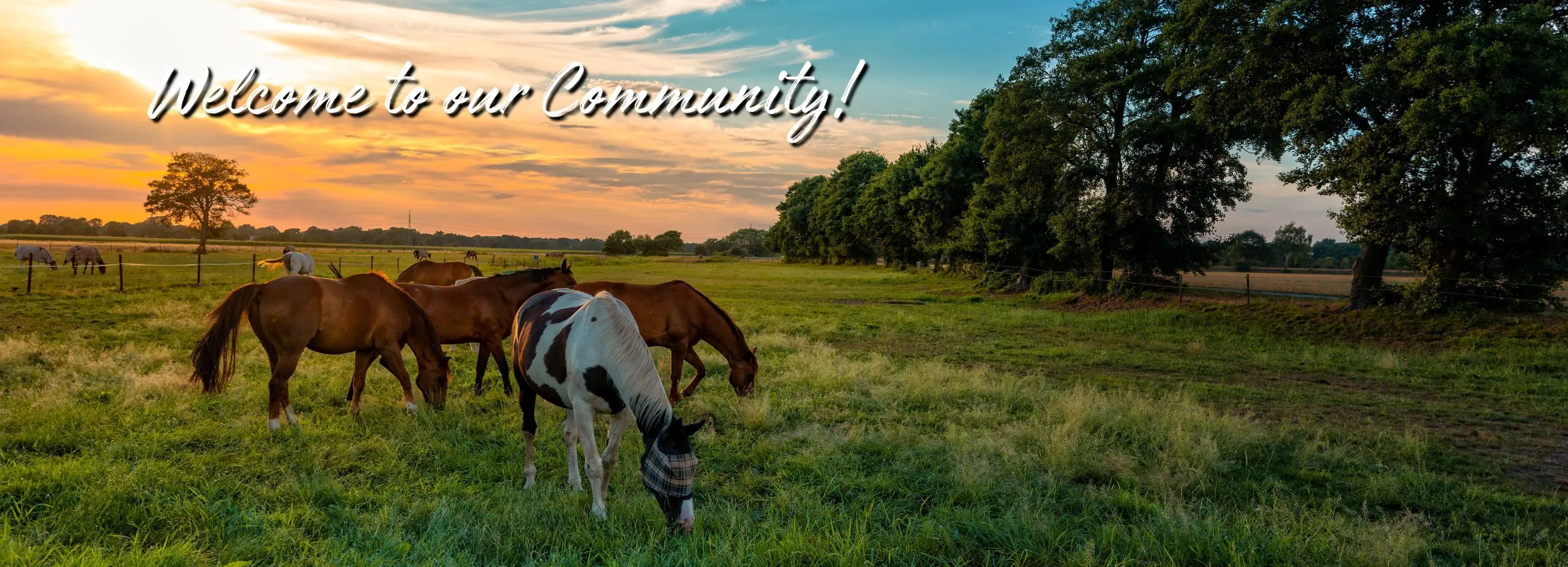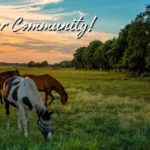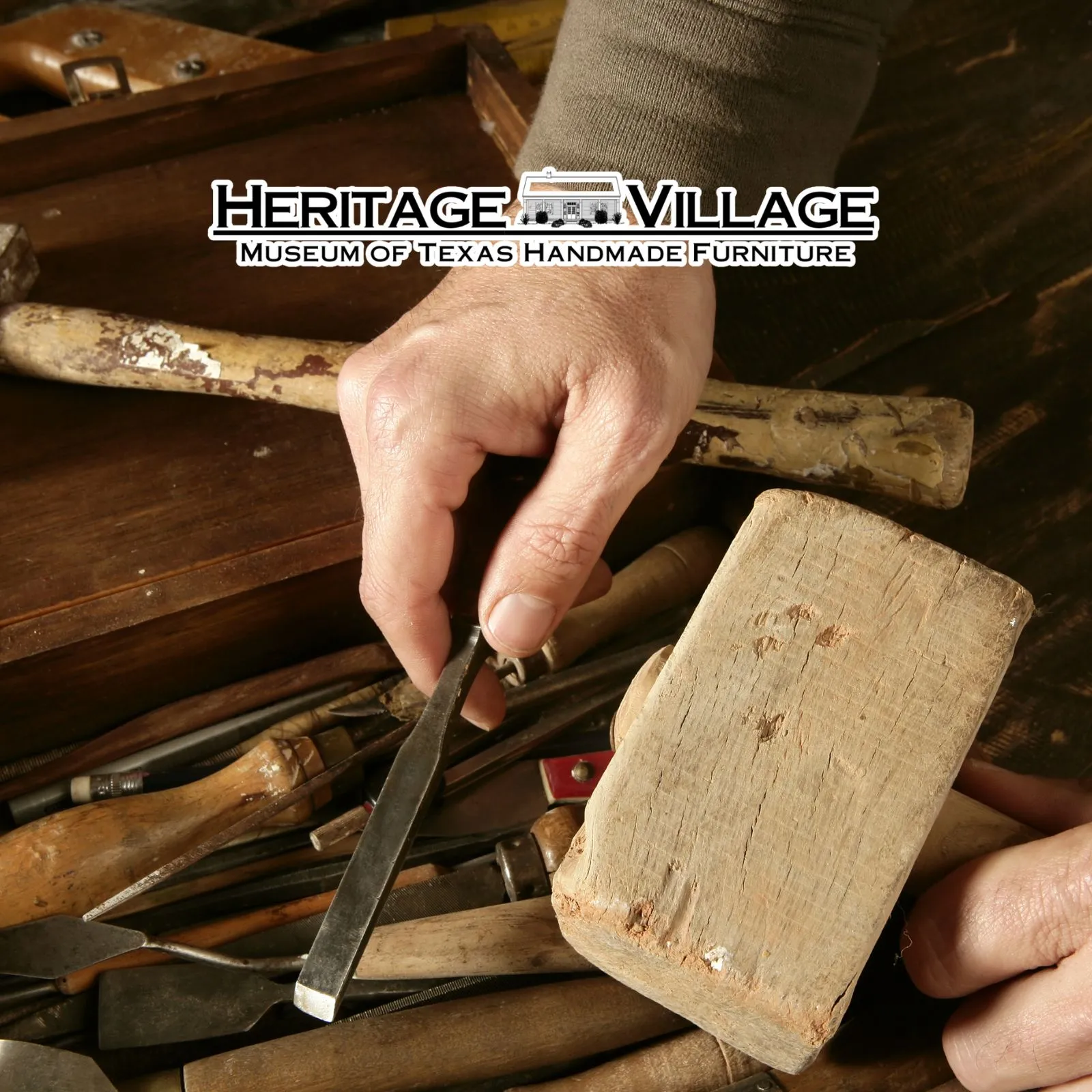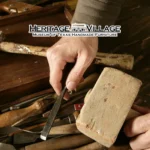The Enchanting History of New Braunfels, Texas: A Journey Through Time
Settled in the picturesque heart of Texas Hill Country, New Braunfels is a town steeped in history and tradition. Its intriguing past, intertwined with rich German heritage and the timeless flow of the Guadalupe and Comal rivers, makes it an enticing destination for history buffs and casual travelers alike. Let’s embark on a journey to discover the captivating history of New Braunfels, Texas.
1. The German Roots: Establishing New Braunfels
In the early 1840s, a German prince, Prince Carl of Solms-Braunfels, sailed across the Atlantic with dreams of creating a new settlement. In 1845, he found the ideal location between the Comal and Guadalupe rivers and named it after his homeland, Braunfels.
2. A Flourishing Community
Despite initial hardships, the German settlers cultivated the land, infusing their traditions and culture. Soon, businesses, schools, and churches dotted the landscape, reflecting the settlers’ commitment to community development.
3. The Influence of the Rivers
The Guadalupe and Comal rivers have always played a pivotal role in the town’s history. From providing sustenance and transportation to becoming recreational hotspots, these rivers are the lifeblood of New Braunfels.
4. Historic Gruene District
The Gruene Historic District, once a prosperous cotton-producing town, is now an integral part of New Braunfels. Its beautifully preserved buildings, including Texas’ oldest dance hall, are a testament to its storied past.
5. The Civil War Era
During the Civil War, New Braunfels experienced political turmoil. While Texas sided with the Confederacy, many German settlers were against secession, leading to internal conflicts.
6. Celebrating German Heritage: Wurstfest
In 1961, the town established Wurstfest, an annual celebration of German culture, food, and music. Today, it attracts visitors from all over the world, eager to partake in the festivities.
7. A Hub for Textile Production
For decades, the New Braunfels Textile Mill played a central role in the local economy. Its closure in 1970 marked the end of an era, but its legacy remains in the heart of the community.
8. The Rise of Schlitterbahn
In the late 20th century, the Schlitterbahn Waterpark opened its doors, transforming New Braunfels into a premier tourist destination. Its innovative water rides and attractions draw millions each year.
9. Preserving the Past: Historic Landmarks
The town prides itself on its commitment to preservation. From the Sophienburg Museum & Archives to the Comal County Courthouse, historic landmarks offer glimpses into the town’s rich past.
10. Modern New Braunfels: A Blend of Old and New
Today, New Braunfels gracefully balances modernity with its historical roots. The bustling town boasts contemporary amenities, yet traditions like the weekly farmers market and annual folk festivals keep its heritage alive.
Conclusion
From its early days as a German settlement to its evolution into a thriving Texan town, New Braunfels has always been a melting pot of cultures, traditions, and stories. Its rich history is not just found in textbooks but also in its preserved buildings, annual celebrations, and the proud residents who call it home. As you stroll through the streets or float down its rivers, you’re not just experiencing a town – you’re stepping into a narrative that spans centuries. Discover, embrace, and celebrate the enchanting history of New Braunfels, Texas, a timeless gem in the heart of the Lone Star State.











